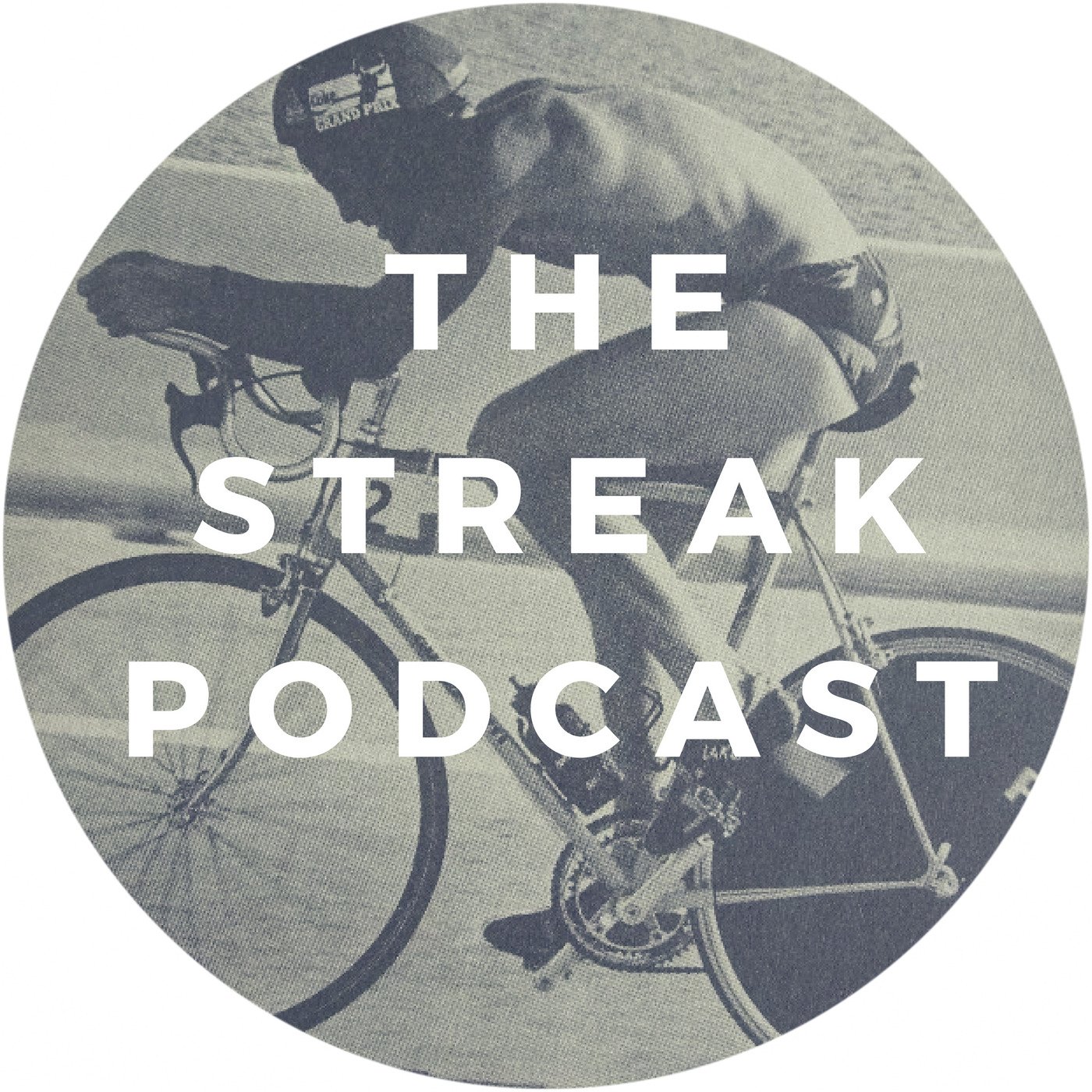TSP4: The Le Coq Sportif Grand Prix
In 1988 I started buying Tri-Athlete UK magazine to follow the Le Coq Sportif Grand Prix Series. There were 10 events that year. The venues were Swindon, Barry Island, Otley, Ripon, Milton Keynes, Redbridge, Keswick, Wakefield, Leicester and Bedford.
For the 1989 season the series was sponsored by Carlsberg. I also had club-mates at Berkshire Tri Squad who were driving up and down the country to do as many Grand Prix races as possible. Finding cheap B&Bs or camping at lake complexes and beach towns.
They wore fluorescent clothing and had the new Scott DH aerodynamic handlebars bolted onto their Dave Russell Bikes. As far as I was concerned they were living the late-80s triathlete lifestyle that I aspired to.
In the spring of 1990 I passed my driving test and bought my first car. A Skoda Estelle. The engine was at the back which left a bike-shaped space under the bonnet. So my plan was to do a mediocre job with my A-Levels to take on the Grand Prix.
Images:
Tri-Athlete (UK) July 1988
Tri-Athlete (UK) August 1988
Tri-Athlete (UK) September 1988
Tri-Athlete (UK) October / November 1988
British Triathlon Scene (UK) May 1989
220 (UK) June 1989
220 (UK) June 1989
British Triathlon Scene (UK) June 1989
220 (UK) August 1989
220 (UK) September 1989
220 (UK) November 1989
220 (UK) December 1989
British Triathlon Scene (UK) December 1989 / January 1990
Links:
1990 Nice Triathlon
Sources:
Triathlon: Technique, Training and Competition By Martin Engelhardt and Alexandra Kremer
Running Magazine (UK) May 1987
Tri-Athlete (UK) May 1987
Tri-Athlete (UK) November / December 1987




















































